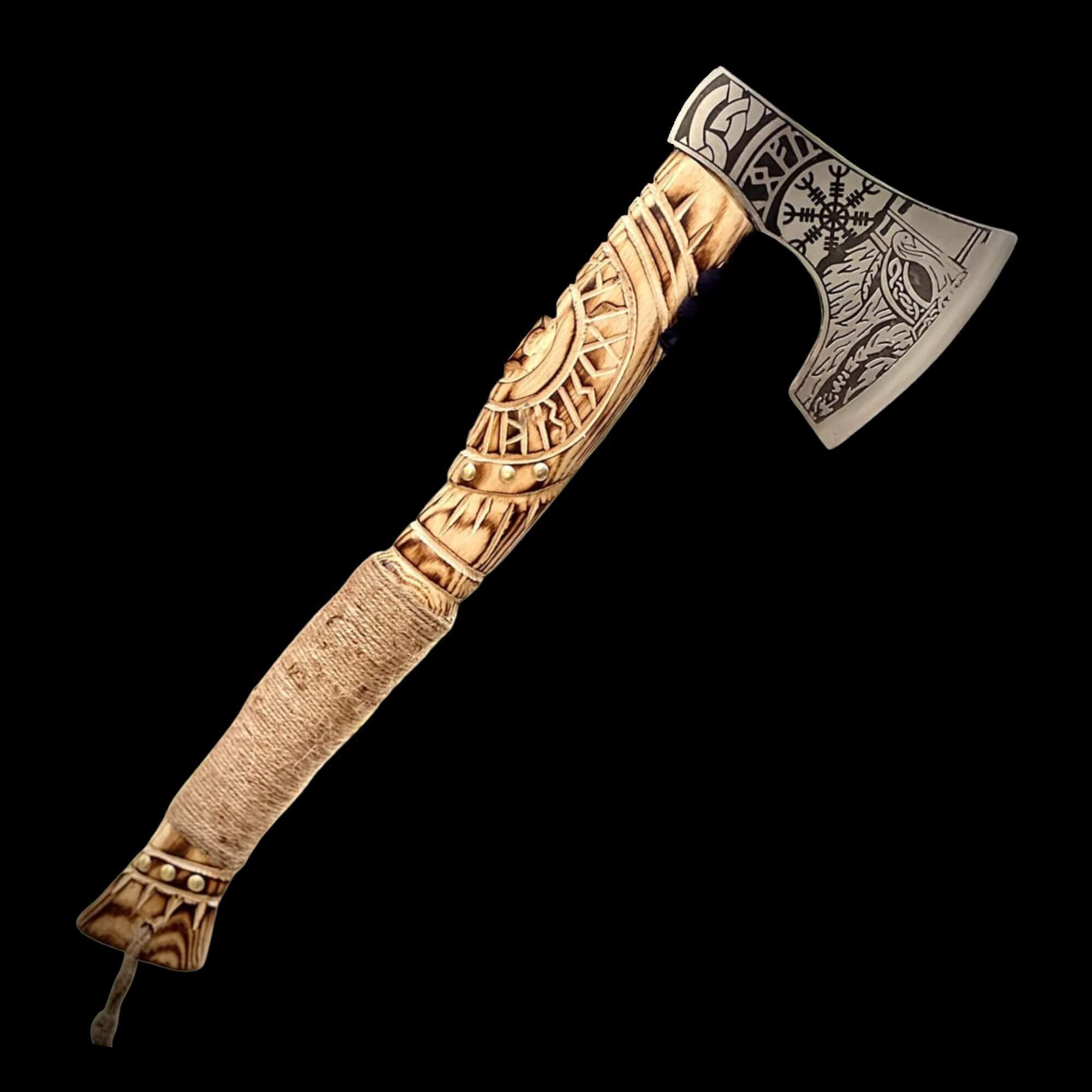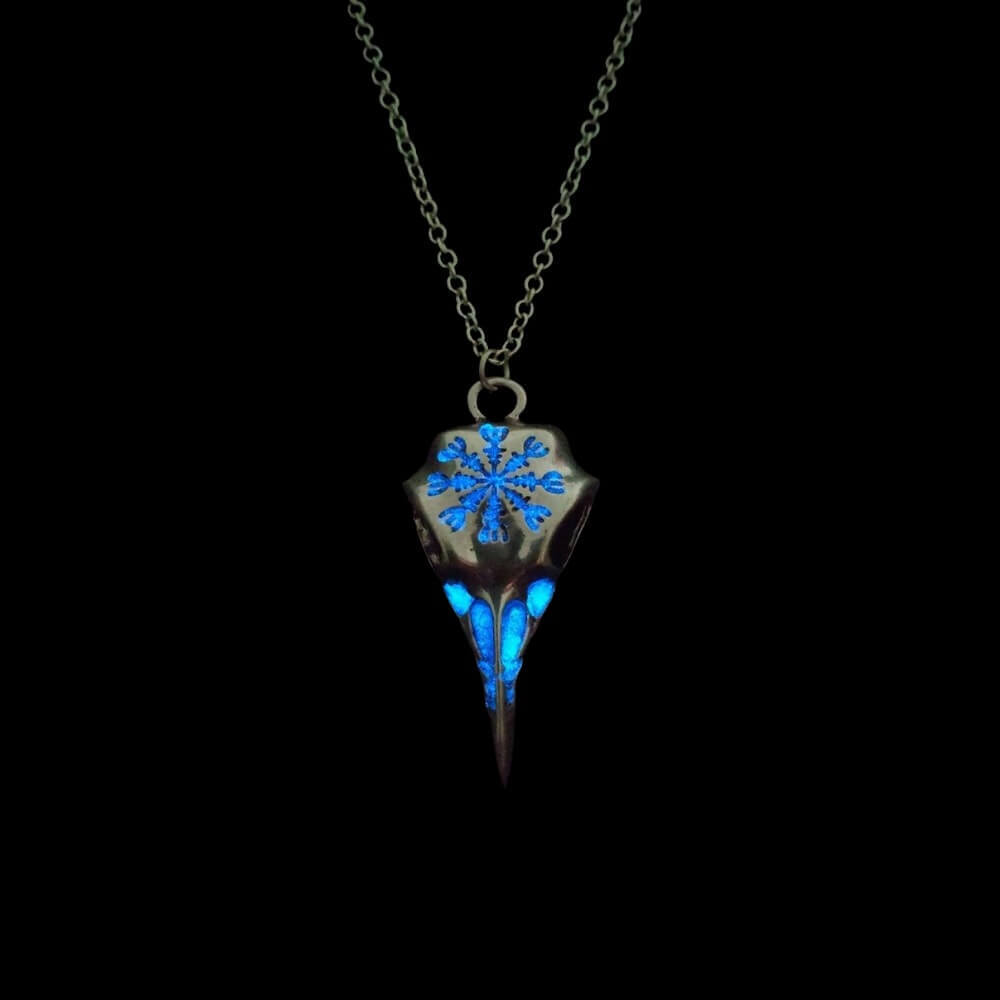
Who Lives in Yggdrasil and Its Fate During Ragnarök? Exploring the Cosmic Tree’s Inhabitants and Legacy
At the center of Norse cosmology stands Yggdrasil , the mighty ash tree that binds the Nine Worlds together. Far more than a passive conduit, Yggdrasil is a living, breathing entity teeming with life. Its vast expanse serves as both a sanctuary and a battleground for a host of creatures, each playing a unique role in the delicate balance of the cosmos. From the celestial heights of its branches to the shadowy depths of its roots, Yggdrasil is a microcosm of Norse culture itself—a tapestry woven with threads of wisdom, mischief, and destiny.
The Inhabitants of Yggdrasil: Guardians of the World Tree
Yggdrasil’s ecosystem is populated by beings that reflect the duality of creation and destruction, harmony and chaos. These creatures are not mere bystanders; they actively shape the fate of the cosmos.
1. Jörmungandr: The Serpent at the Roots
Coiled around Yggdrasil’s base lies Jörmungandr , the Midgard Serpent, a colossal creature so immense it encircles the world. Born of Loki and Angrboða, Jörmungandr represents primal chaos and existential threats. Locked in an eternal rivalry with Thor, the thunder god destined to slay him during Ragnarök, the serpent gnaws at the tree’s roots, symbolizing the fragility of cosmic order.
2. Nidhogg: The Dragon Beneath
Deep within the underworld, Nidhogg relentlessly chews on Yggdrasil’s roots, feeding off decay and discord. This dragon embodies entropy, ensuring that even the mightiest structures—like the World Tree—are subject to decline. Yet, his presence also underscores the inevitability of renewal, as destruction paves the way for rebirth.
3. Ratatoskr: The Messenger Squirrel
Perched midway along the trunk scurries Ratatoskr , a mischievous squirrel who carries messages between the eagle perched above and the serpent below. His antics often escalate tensions, highlighting the constant interplay of forces within the universe. Ratatoskr reminds us that communication—whether harmonious or contentious—is essential to maintaining connections across realms.
4. Hraesvelg and Veðrfölnir: The Eagles of the Sky
High in Yggdrasil’s uppermost branches reside two majestic eagles. Hraesvelg , whose name means “corpse eater,” flaps his wings to generate winds, controlling weather patterns and influencing the flow of time. Above him sits Veðrfölnir , the watchful overseer of the cosmos, surveying all that transpires beneath. Together, these birds represent vision, foresight, and the cyclical nature of existence.
5. The Norns: Weavers of Fate
Though not physically attached to Yggdrasil, the Norns —Urd, Verdandi, and Skuld—are inseparable from its essence. These divine sisters tend to the Well of Urd at the tree’s base, weaving the threads of fate that determine the destinies of gods, mortals, and creatures alike. Their care ensures Yggdrasil’s vitality, underscoring the interconnectedness of all life.
Yggdrasil’s Role in Ragnarök: Destruction and Rebirth
In the climactic event of Ragnarök , Yggdrasil becomes a focal point of cosmic upheaval. As the forces of chaos converge, the World Tree trembles under the weight of impending doom. Its branches wither, its leaves fall, and its roots crack, mirroring the collapse of the Nine Worlds.
- Signs of Doom: The shaking of Yggdrasil signals the onset of Ragnarök, heralded by Fimbulwinter—a relentless three-year winter—and widespread strife among humans.
- The Final Battle: Gods like Odin, Thor, and Freyr meet their fates in epic clashes against giants, Fenrir, and Jörmungandr. Meanwhile, Surtr engulfs the worlds in fire, reducing them to ashes.
- Rebirth from Ashes: Even as the old world crumbles, Yggdrasil endures. From the remnants of destruction emerges a new generation of gods, led by survivors like Baldr and Höðr. A fresh sun rises, illuminating a verdant Earth where humanity begins anew.
This cycle of destruction and renewal reinforces the Norse belief in impermanence and resilience. Just as Yggdrasil regenerates after Ragnarök, so too does life persist despite seemingly insurmountable challenges.
Symbolism of Yggdrasil: Interconnectedness and Eternal Cycles
Yggdrasil transcends its role as a mythological construct—it embodies profound philosophical truths. Its structure reflects the interconnectedness of all beings, while its resilience mirrors the human capacity to adapt and thrive amid adversity.
- Life and Death: The tree’s roots delve into Helheim, the realm of the dead, while its branches stretch toward Asgard, the abode of gods, symbolizing the continuum of life and death.
- Balance and Chaos: The coexistence of benevolent and malevolent creatures within Yggdrasil highlights the tension between order and chaos, a dynamic fundamental to Norse worldview.
- Hope and Renewal: Even in the darkest moments, such as Ragnarök, Yggdrasil offers hope. Its survival assures that life will always find a way to flourish, no matter how dire circumstances may seem.
Modern Reverberations: Yggdrasil’s Timeless Legacy
Today, Yggdrasil continues to inspire art, literature, and spirituality. It appears in works like Neil Gaiman’s American Gods and Marvel’s cinematic universe, reimagined as a cosmic network connecting realms. For modern practitioners of Heathenry and paganism, Yggdrasil remains a sacred symbol of unity, balance, and renewal.
Its message resonates deeply in our contemporary world, reminding us of our place within a larger web of existence. Whether grappling with personal struggles or global crises, we can draw strength from Yggdrasil’s example—that even when faced with devastation, there is always potential for growth and transformation.
Yggdrasil is far more than a mythical tree—it is the beating heart of Norse cosmology, a testament to the power of interconnectedness and the eternal cycle of life, death, and rebirth. Its inhabitants, from wise eagles to gnawing serpents, embody the complexities of existence, while its fate during Ragnarök illustrates the inevitability of change.
As we navigate our own journeys, Yggdrasil stands as a guiding light, urging us to embrace the rhythms of life, honor our connections to others, and trust in the promise of renewal. Through its timeless symbolism, this ancient World Tree continues to inspire and unite generations, bridging the past with the present and the future.




